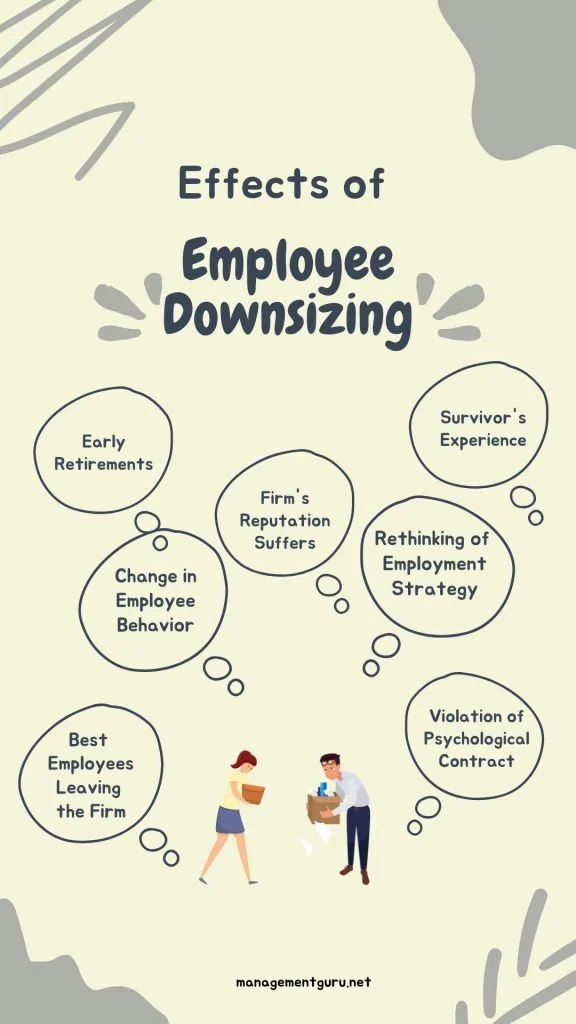I was going through this quote by Vince Lombardi the other day and couldn’t control my amusement and laughter for some time.
“If you aren’t fired with enthusiasm, you will be fired with enthusiasm.”
But the truth behind this statement looms large in front of all HR professionals when they start working for an organization in whatever capacity. Results, Targets, Closing the sale, Clinching the deal are the inevitable management mantras that drive the executives crazy.
Isn’t it funny that it is very important to keep the morale high of the survivors during a layoff strategy! How on earth one can expect such a thing to happen when you know the sword is dangling above your head too!
Please remember, “Resources are hired to give results, not reasons.” You need to be a star performer the first time and every time.
When the management of an organization finds out that their organization is not operating at peak efficiency, they naturally look for ways to make the organization more productive.
This is seldom accomplished via organizational downsizing, which is a reduction in organizational size and operating costs implemented by management in order to improve organizational efficiency, productivity and/or the competitiveness of the organization.

Organizational downsizing affects the work processes of an organization since the end result of the downsizing is typically fewer people performing the same workload that existed before the downsizing took place.
Download this Team Meeting Planner and Let us Know if You Found it Useful
The act of downsizing results in two categories of people: victims, the people who involuntarily lose their jobs due to organizational downsizing, and survivors, the employees who remain after organizational downsizing takes place.
“When downsizing is a knee-jerk reaction, it has long-term costs.”
In order for an organizational downsizing to be most effective, management must connect openly and honestly with their employees concerning the reason for the downsizing and the downsizing plan.
Managers also need to listen to employees and provide comfort when necessary in order to keep the morale high among the survivors of the downsizing.
It is also important that management take steps to prepare the workforce in advance of the downsizing.
Proper planning includes outplacement strategies, which is the process of supporting former employees in finding new employment and training and re-skilling the remaining workers into their new jobs.
By treating the victims of downsizing fairly and compassionately, the survivors of the downsizing are more likely to remain loyal to their organization.

1. Workforce Reductions – short-term strategy to cut the number of employees through attrition, early retirement or voluntary severance packages, and layoffs or termination.
2. Work Redesign – medium-term strategy in which organizations focus on work processes and assess whether specific functions, products and/or services should be eliminated.
3. Systematic Change – long-term strategy that changes the organization’s culture and attitudes, and employees’ values, with the goals of reducing costs and enhancing quality.
Outplacement describes the efforts made by a downsizing company to help its redundant employees find new jobs.
Outplacement consultants can play a critical role in helping newly terminated employees navigate the unfamiliar terrain of new methods and technologies for the job search.
A recent analysis of 41 studies covering 15,000 layoff announcements in more than a dozen countries over 31 years concluded that layoff announcements have an overall negative effect on stock-market prices. This remains true whatever the country, period of time or type of firm considered.
Business leaders must always be mindful of the short and long-term costs of layoffs. Before making a decision to downsize, managers should consider the variety of effective alternatives available.
Courtesy: SHRM Foundation’s Effective Practice Guidelines Series